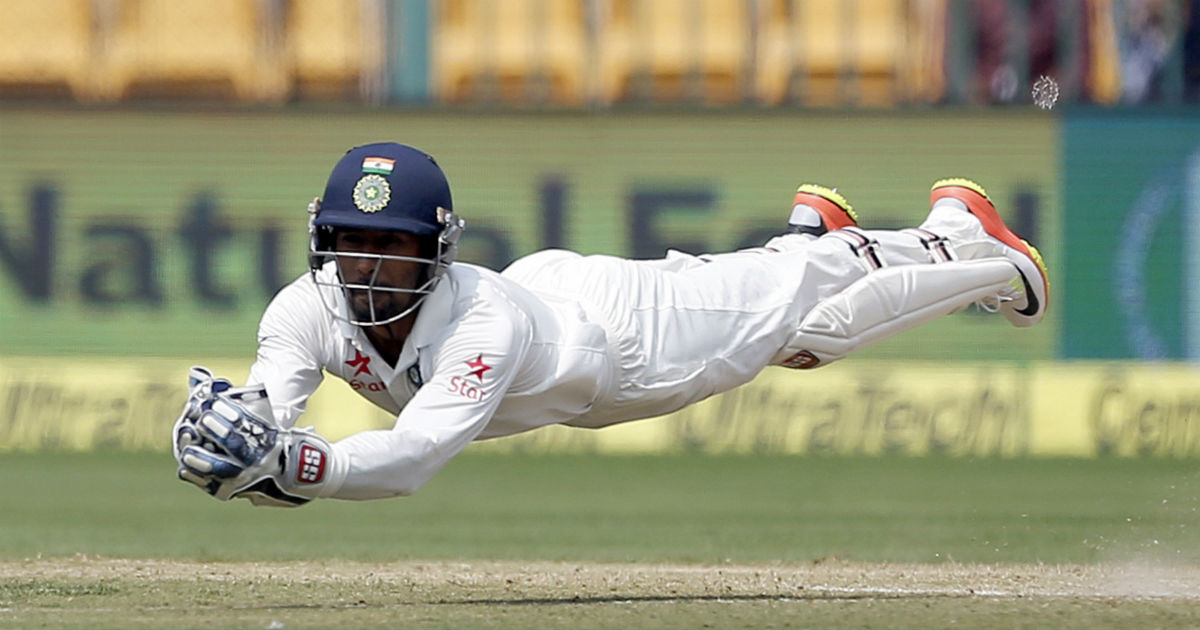☛ Of Cricket, and How Fast Bowling is About More Than Speed
It has been too long on this website with not a mention of cricket. To remedy that, here is essential reading by Cameron Ponsonby at ESPNCricinfo on how fast bowling speeds are only a portion of the feel of a fast bowler’s pace:
It is very easy to think of facing fast bowling as primarily a reactive skill. In fact, read any article on quick bowling and it will invariably say you only have 0.4 seconds to react to a 90mph delivery.
But what does that mean? No one can compute information in 0.4 seconds. It’s beyond our realm of thinking in the same way that looking out of an aeroplane window doesn’t give you vertigo because you’re simply too high up for your brain to process it.
However, the reason it’s possible is because, whilst you may only have 0.4 seconds to react, you have a lot longer than that to plan. And the best in the world plan exceptionally well.
When the ball arrives to you, as the batter, literally faster than you can react to the ball, how fast a ball feels has way more to do with diversity between bowlers than the raw pace on the ball.
Excellent and insightful read.
—
Another interesting piece by Ponsonby talks about data analytics in cricket. As Ponsonby mentions in his fast bowling article, cricket only dabbles in data analytics when compared to, say, baseball, where the analytics have been taken to another level altogether.
I think I’m okay with the balance that cricket has with its data analytics: I would rather have the analytics being fascinating reads for the fan, and an influence on the coaches/players, without their becoming all that anyone cares or talks about. I sometimes feel like the innate skill and art of sport gets lost in baseball. Makes for great reading though!
∞